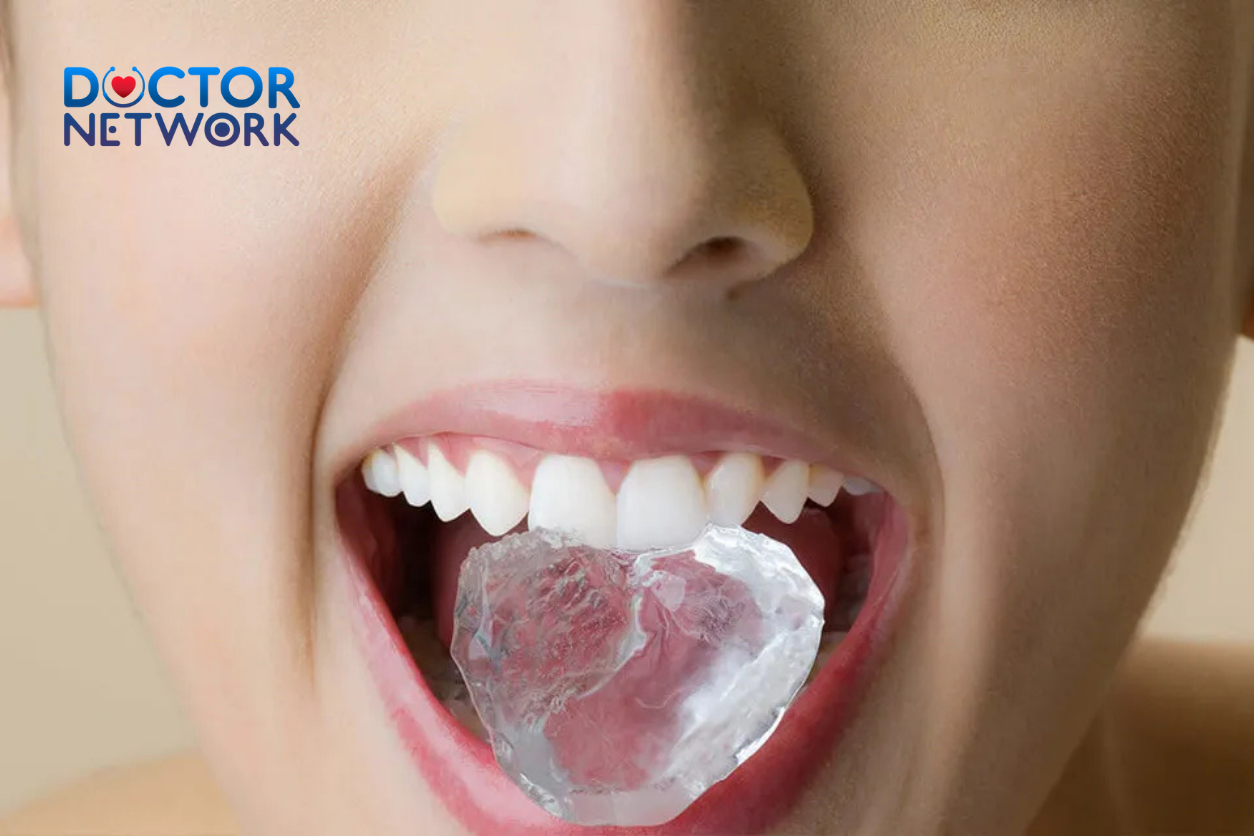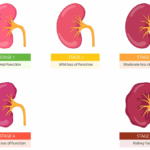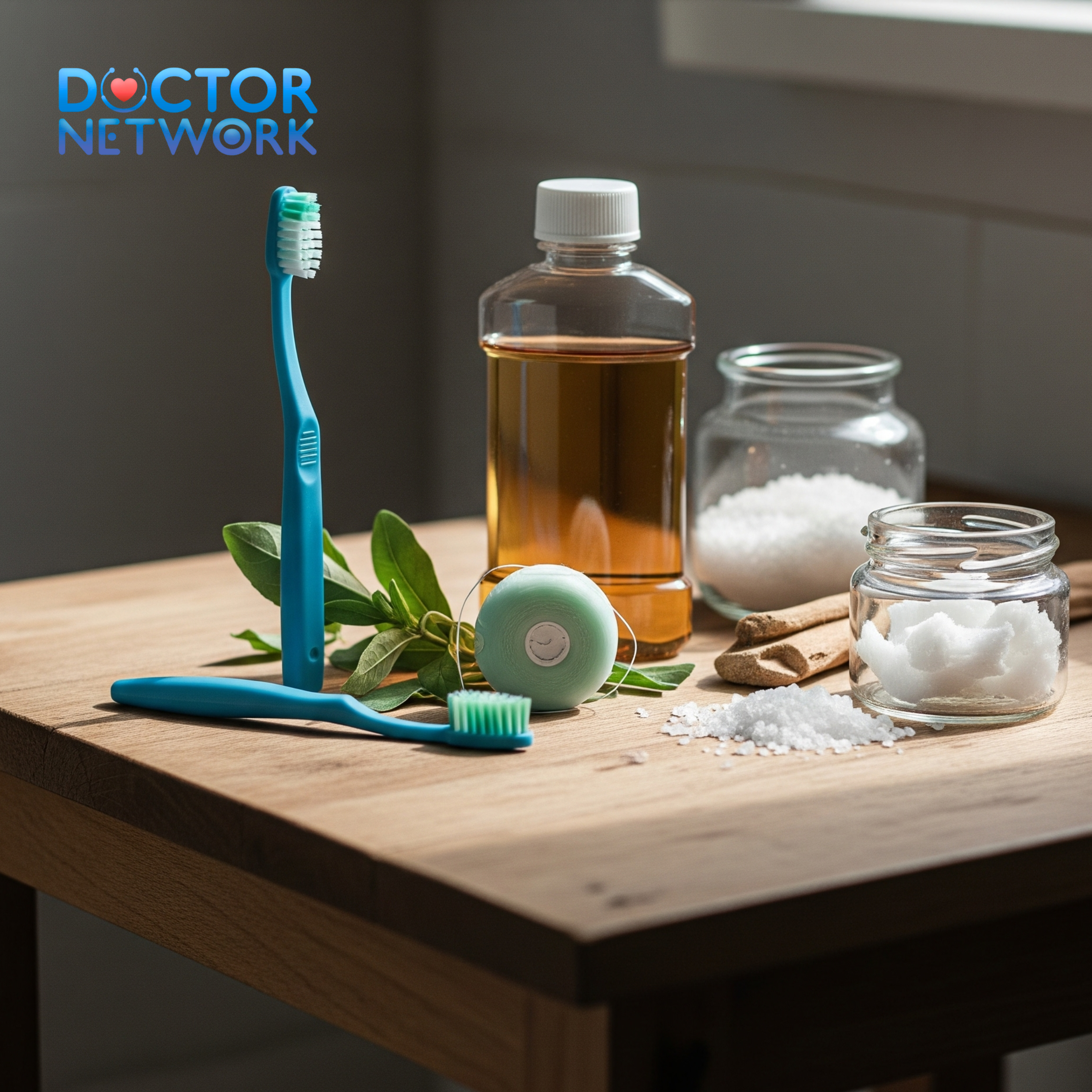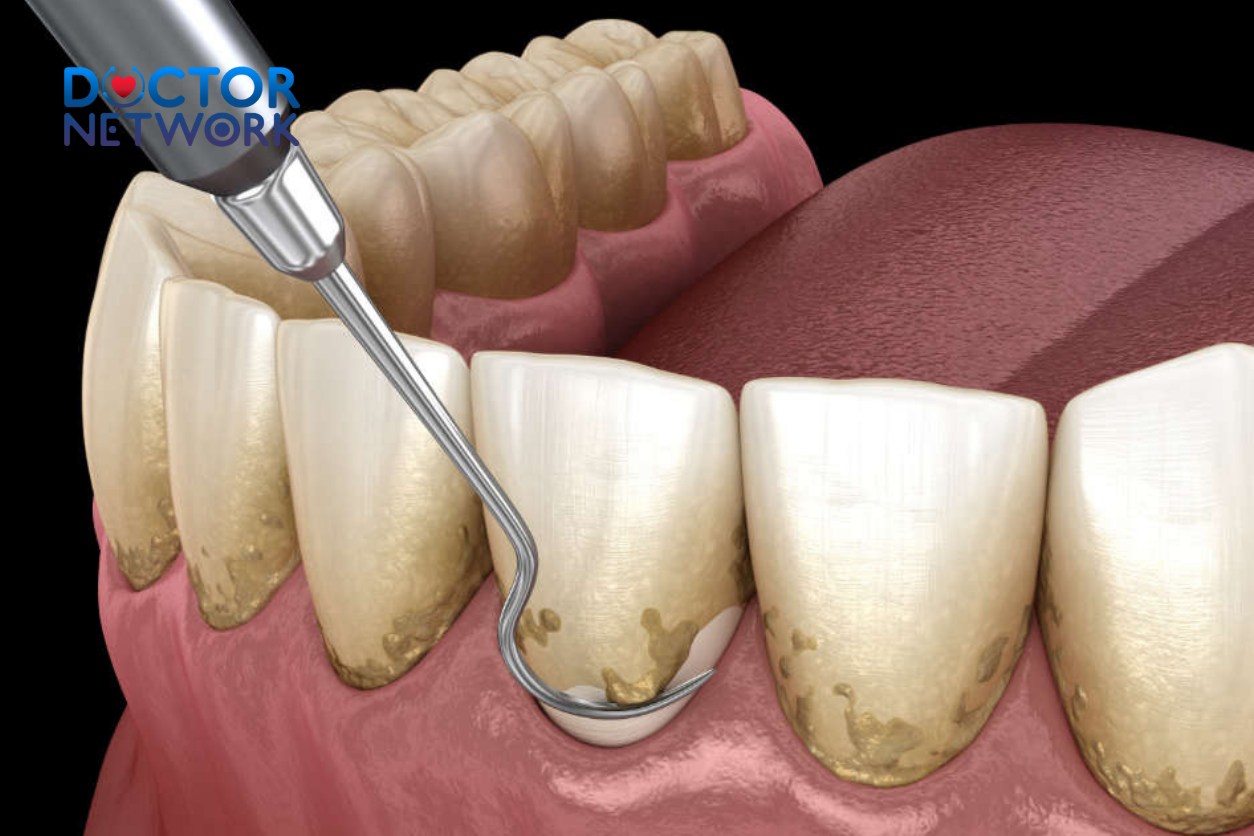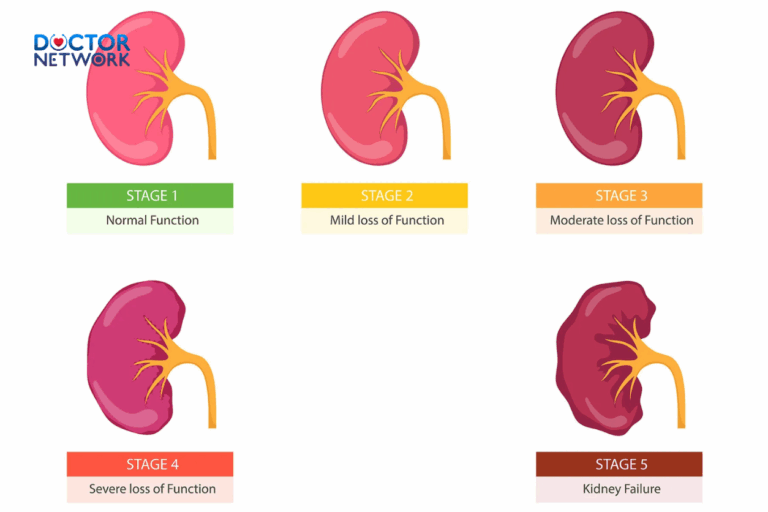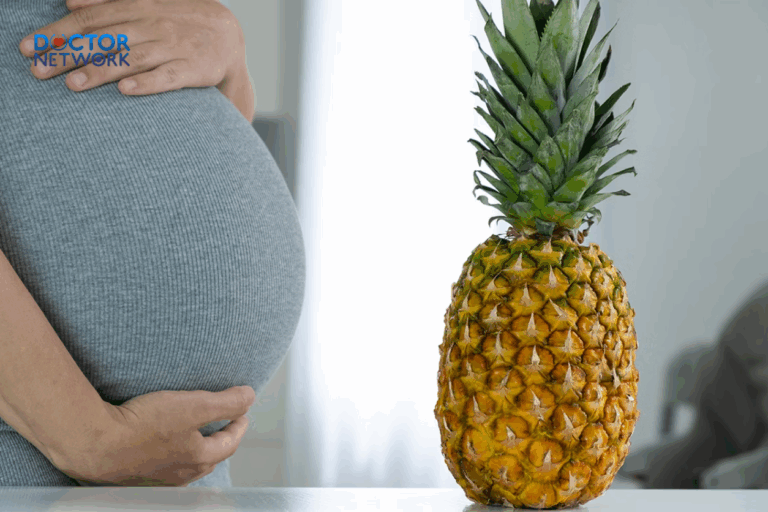Wondering “is chewing ice bad for your teeth?” Discover the serious risks: tooth fractures, enamel damage & costly repairs. Prevention tips inside!
Is Chewing Ice Bad for Your Teeth? A Complete Guide to Protecting Your Oral Health
Can Chewing On Ice Damage Your Teeth?
The Common Habit and the Crucial Question
Millions of people worldwide regularly crunch on ice cubes from their favorite beverages, often without considering the potential consequences to their dental health. This seemingly innocent habit of chewing ice, also known as pagophagia when compulsive, poses significant risks to your teeth and existing dental work. Yes, chewing ice is definitively bad for your teeth and can lead to serious oral health complications ranging from minor enamel damage to major dental fractures requiring extensive treatment.
The crystalline structure of frozen water creates a uniquely dangerous combination of extreme hardness and frigid temperature that challenges your teeth in ways that other foods simply cannot. Unlike softer substances, ice maintains its rigid composition until it melts, forcing your teeth to absorb tremendous pressure while simultaneously experiencing thermal shock.
This comprehensive guide explores the scientific mechanisms behind ice-related dental damage, examines specific types of injuries that can occur, discusses the underlying medical and psychological factors that drive ice cravings, and provides evidence-based strategies for breaking this potentially destructive habit. We’ll also address when professional dental intervention becomes necessary and outline preventive measures to protect your oral health investment.
The Mechanisms of Damage: Why Ice is Different
Ice chewing damages teeth through multiple simultaneous mechanisms that make it uniquely problematic compared to other hard foods. The fundamental issue lies in ice’s molecular structure – frozen water crystallizes into an extremely hard, brittle substance that measures approximately 1.5 on the Mohs hardness scale, making it significantly harder than many foods we typically consume.
When you bite down on an ice cube, your teeth experience forces that can exceed 200 pounds per square inch. This tremendous pressure concentrates at specific contact points between your tooth enamel and the ice surface, creating stress fractures that may not be immediately visible but weaken your tooth structure over time.
Thermal Shock: The Hidden Destroyer
The most insidious aspect of ice chewing involves thermal shock – the rapid temperature changes that occur when your teeth encounter substances at freezing temperatures. Your tooth enamel, composed primarily of hydroxyapatite crystals, expands and contracts with temperature fluctuations. When exposed to ice’s near-freezing temperature (32°F or 0°C), your enamel contracts rapidly, while the underlying dentin layer responds differently due to its distinct composition.
This differential expansion and contraction creates internal stress within your tooth structure, similar to how repeated heating and cooling can crack concrete or glass. The thermal coefficient of expansion differs between enamel and dentin, causing microscopic separations at their junction that gradually weaken the tooth’s integrity.
Comparative Analysis: Why Ice Surpasses Other Hard Foods
While nuts, hard candies, and similar substances can also damage teeth, ice presents unique challenges:
- Temperature differential: Unlike room-temperature hard foods, ice subjects teeth to extreme cold stress
- Brittleness factor: Ice shatters unpredictably, creating sharp edges that can score enamel
- Dissolution process: As ice begins melting from body heat, it creates uneven surfaces that concentrate biting forces
- Frequency factor: Ice is readily available and often consumed repeatedly throughout the day
| Food Type | Hardness Level | Temperature | Damage Risk |
|---|---|---|---|
| Ice cubes | Very High | Freezing (32°F) | Extreme |
| Hard candy | High | Room temp | High |
| Nuts | Moderate-High | Room temp | Moderate |
| Popcorn kernels | High | Room temp | High |
| Carrots | Low-Moderate | Room temp | Low |
Specific Types of Dental Damage
Ice chewing inflicts multiple categories of dental trauma, each with distinct characteristics, symptoms, and treatment requirements. Understanding these damage patterns helps identify problems early and seek appropriate professional intervention.
Immediate Structural Damage
Chipped teeth represent the most common immediate consequence of ice chewing. Small fragments of tooth enamel fracture away from the main tooth structure, typically along the biting edges of front teeth or the cusps of back teeth. These chips may appear minor but expose the underlying dentin layer to bacterial invasion and sensitivity triggers.
Dental fractures encompass a spectrum of crack patterns ranging from superficial enamel crazing to deep fissures extending into the tooth’s pulp chamber. Cracked tooth syndrome often develops gradually, with hairline fractures propagating through the tooth structure over weeks or months of continued ice consumption. These cracks may remain asymptomatic initially but eventually cause significant pain when chewing or experiencing temperature changes.
Enamel erosion occurs through the abrasive action of ice crystals against tooth surfaces. While less dramatic than fractures, this gradual wearing process removes the tooth’s protective outer layer, increasing vulnerability to decay and sensitivity. The posterior teeth, particularly molars used for crushing ice, show the most pronounced erosional patterns.
Damage to Existing Dental Work
Ice chewing poses exceptional risks to dental restorations, which often lack the natural resilience of healthy tooth structure:
Dental fillings, especially older amalgam restorations, can dislodge or fracture when subjected to ice-chewing forces. The different thermal expansion rates between filling materials and natural tooth structure create weak points that fail under stress.
Dental crowns may debond from underlying tooth structure or develop fractures in their porcelain surfaces. The cement layer securing crowns weakens when repeatedly exposed to extreme temperature fluctuations.
Orthodontic appliances suffer particular damage from ice chewing. Brackets can debond from tooth surfaces, wires may bend or break, and elastic components lose their effectiveness when exposed to freezing temperatures.
Consequences and Symptoms
The ramifications of ice chewing extend far beyond immediate structural damage, creating cascading effects that compromise long-term oral health and quality of life.
Increased Tooth Sensitivity
Damaged enamel and exposed dentin create pathways for external stimuli to reach tooth nerves directly. This thermal sensitivity manifests as sharp, shooting pains when consuming hot beverages, cold foods, sweet treats, or acidic substances. The pain typically subsides quickly but returns with each exposure, significantly impacting dietary choices and eating enjoyment.
Sensitivity patterns often worsen progressively as ice chewing continues. Initially, only extreme temperatures may trigger discomfort, but over time, even mildly cool or warm foods can provoke painful responses. This hypersensitivity indicates advancing damage to tooth structure and nerve exposure.
Pain and Discomfort Patterns
Ice chewing frequently produces immediate sharp pain at the moment of contact, particularly when biting down on large, hard pieces. This acute pain serves as a warning signal that excessive force is being applied to tooth structures, but many people ignore these warnings and continue the habit.
More concerning is the development of lingering, throbbing pain that persists after ice consumption ends. This type of discomfort suggests deeper structural damage, possibly involving the tooth pulp or supporting periodontal structures. Nighttime pain or spontaneous throbbing without obvious triggers indicates advanced damage requiring immediate dental attention.
Long-Term Financial and Health Repercussions
The cumulative effects of ice chewing create substantial long-term consequences that extend well beyond oral discomfort:
Treatment complexity escalation: What begins as minor enamel damage often progresses to require increasingly complex interventions. Simple composite fillings may eventually necessitate root canal therapy, crowns, or even tooth extraction if damage becomes too extensive.
Cost progression analysis shows how ice-related damage compounds over time:
| Damage Stage | Treatment Options | Typical Cost Range |
|---|---|---|
| Minor enamel chips | Bonding/polishing | $50-200 |
| Moderate cracks | Composite fillings | $150-400 |
| Deep fractures | Crowns | $800-1,500 |
| Pulp involvement | Root canal + crown | $1,500-3,000 |
| Severe damage | Extraction + implant | $3,000-6,000 |
Systemic health implications may develop when damaged teeth become infected or when chewing difficulties force dietary modifications. Untreated dental infections can spread to surrounding tissues or enter the bloodstream, potentially affecting cardiovascular health, diabetes management, and immune system function.
The Link to Pagophagia and Other Factors
Compulsive ice chewing, medically termed pagophagia, represents more than a simple habit – it often indicates underlying medical or psychological conditions requiring professional evaluation and treatment.
Iron Deficiency Anemia Connection
The strongest medical association with pagophagia involves iron deficiency anemia, a condition affecting millions worldwide. Research indicates that up to 16% of individuals with iron deficiency develop cravings for ice or other non-nutritive substances. The exact mechanism remains unclear, but theories suggest that ice chewing may provide neurological stimulation that temporarily alleviates symptoms associated with iron deficiency.
Iron deficiency anemia symptoms that may accompany ice cravings include:
- Persistent fatigue and weakness
- Pale skin, nails, or inner eyelids
- Shortness of breath during normal activities
- Cold hands and feet
- Brittle or spoon-shaped fingernails
- Restless leg syndrome
- Heavy menstrual periods (in women)
Psychological and Behavioral Factors
Beyond nutritional deficiencies, pagophagia may develop as a coping mechanism for stress, anxiety, or obsessive-compulsive tendencies. The repetitive nature of ice chewing can provide temporary mental relief or serve as a distraction from emotional distress. Some individuals report that the cold sensation and crunching sound create a satisfying sensory experience that becomes psychologically addictive.
Stress-related ice chewing often intensifies during periods of increased pressure at work, relationship difficulties, or major life transitions. Recognition of these patterns helps identify when professional psychological support may benefit individuals struggling to break the habit.
Breaking the Habit and Finding Alternatives
Successfully eliminating ice chewing requires understanding the underlying motivations and implementing strategic substitutions that satisfy the same psychological or physiological needs without damaging teeth.
Immediate Harm Reduction Strategies
For individuals unable to completely eliminate ice consumption immediately, several harm reduction approaches can minimize dental damage:
Allow ice to melt naturally in your mouth rather than actively chewing. This approach provides the cold sensation and gradual flavor release without subjecting teeth to crushing forces. Position ice pieces toward the back of your mouth away from front teeth that are most vulnerable to chipping.
Switch to crushed or shaved ice when possible, as smaller pieces require less force to break down and distribute pressure more evenly across multiple teeth. However, this remains a temporary measure rather than a permanent solution.
Use straws for ice-cold beverages to bypass direct tooth contact with ice cubes. Position the straw toward the back of your mouth and drink steadily rather than allowing ice to accumulate in your mouth.
Satisfying Substitution Options
Effective ice alternatives should provide similar sensory experiences without dental risks:
Sugar-free chewing gum offers the satisfying jaw movement and can be flavored with mint or other cooling agents to replicate ice’s refreshing sensation. Choose gums containing xylitol, which actually benefits oral health by inhibiting harmful bacteria growth.
Frozen fruit pieces like grapes, berries, or melon chunks provide cold temperature and natural sweetness while being softer than ice cubes. These options also contribute nutritional value rather than empty satisfaction.
Ice-cold water consumption through regular sipping satisfies hydration needs and provides cooling sensation without requiring chewing action. Add natural flavor enhancers like lemon slices or cucumber for variety.
Addressing Underlying Causes
Medical evaluation becomes essential when ice cravings persist despite conscious efforts to stop. Simple blood tests can identify iron deficiency, vitamin B12 deficiency, or other nutritional imbalances that may drive pagophagia. Addressing these underlying conditions often eliminates ice cravings naturally.
Iron supplementation, when medically indicated, frequently reduces or eliminates ice cravings within weeks of beginning treatment. However, iron supplements should only be taken under medical supervision, as excessive iron intake can cause serious health complications.
Stress management techniques including regular exercise, meditation, deep breathing exercises, or professional counseling can address psychological factors contributing to ice chewing habits.
When to See a Dentist
Professional dental evaluation becomes crucial when specific warning signs appear or when self-directed habit modification efforts fail to protect oral health adequately.
Immediate Consultation Indicators
Seek emergency dental care if you experience:
- Sudden, severe tooth pain following ice chewing
- Visible chips, cracks, or broken pieces of teeth
- Loose or dislodged dental restorations
- Persistent bleeding from gums after ice contact
- Swelling in facial tissues around affected teeth
Routine Professional Assessment
Schedule regular dental examinations every six months, with specific attention to ice-related damage assessment. Your dentist will perform comprehensive visual examinations, digital radiographs when indicated, and may use specialized instruments to detect hairline cracks not visible to the naked eye.
Professional cleaning appointments provide opportunities to remove ice-related enamel roughening and apply protective fluoride treatments that strengthen remaining tooth structure. Your dental hygienist can also demonstrate proper brushing techniques to prevent further enamel erosion.
Dental Treatment Options
Depending on damage severity, your dentist may recommend:
Conservative treatments for minor damage:
- Fluoride varnish applications to strengthen enamel
- Desensitizing treatments for thermal sensitivity
- Composite bonding to repair small chips
- Protective night guards if ice chewing occurs during sleep
Restorative procedures for moderate damage:
- Composite or ceramic fillings for cavities
- Porcelain veneers for front tooth chips
- Partial crowns (onlays) for larger fractures
- Full crowns for extensively damaged teeth
Advanced interventions for severe damage:
- Root canal therapy for pulp involvement
- Periodontal treatment for gum damage
- Tooth extraction with implant placement
- Orthodontic retreatment for appliance damage
Medical Consultation for Underlying Conditions
When ice cravings persist despite dental warnings and conscious efforts to stop, medical evaluation can identify treatable underlying causes that, once addressed, often eliminate the compulsive behavior naturally.
Laboratory Testing Recommendations
Your primary care physician may order blood tests including:
- Complete blood count (CBC) to assess anemia
- Serum ferritin levels to evaluate iron stores
- Total iron binding capacity (TIBC)
- Vitamin B12 and folate levels
- Comprehensive metabolic panel
Treatment of Underlying Conditions
Iron deficiency anemia treatment typically involves oral iron supplements taken with vitamin C to enhance absorption. Dietary modifications emphasizing iron-rich foods like lean meats, leafy greens, and fortified cereals support recovery. In severe cases, intravenous iron therapy may be necessary.
Other nutritional deficiencies require specific supplementation protocols under medical supervision. Regular follow-up blood tests monitor treatment effectiveness and guide dosage adjustments.
Conclusion: Protect Your Smile
The evidence overwhelmingly demonstrates that chewing ice poses significant, avoidable risks to dental health, ranging from minor enamel damage to major structural fractures requiring extensive treatment. The unique combination of extreme hardness, freezing temperature, and repetitive stress creates a perfect storm for oral health destruction.
The temporary satisfaction derived from ice chewing pales in comparison to the potential long-term consequences: persistent tooth sensitivity, escalating treatment costs, and possible tooth loss. Modern dental treatments, while highly effective, cannot fully replicate the strength and function of natural, healthy teeth.
Prevention remains far more cost-effective and comfortable than treatment. By understanding the mechanisms of ice-related dental damage, recognizing underlying medical conditions that drive ice cravings, and implementing strategic alternatives, you can protect your oral health investment for decades to come.
Take action today to preserve your smile: eliminate ice chewing from your daily routine, address any underlying nutritional deficiencies, and maintain regular professional dental care. Your teeth will thank you with years of comfortable, confident function.
Frequently asked about “Is chewing ice really bad for your teeth?”
1. Is chewing ice really bad for your teeth?
Yes, chewing ice can be harmful to your teeth. It can cause tiny cracks in the enamel—the hard, protective outer layer of your teeth. These cracks can grow larger over time, leading to tooth pain, increased sensitivity to hot and cold, and making teeth more prone to chipping or breaking. Additionally, chewing ice can wear down enamel, making teeth weaker and more susceptible to cavities.
2. Why does chewing ice wear down tooth enamel?
Tooth enamel is the hardest substance in the human body and protects your teeth from damage. However, it is not indestructible. Chewing on hard, cold ice applies strong and repeated pressure that can wear down the enamel. When enamel thins, it loses its ability to insulate teeth from temperature changes and protect against decay, leading to sensitivity and discomfort.
3. Does chewing ice affect dental work like fillings or crowns?
Yes, chewing ice can damage dental restorations such as fillings, crowns, veneers, or braces. The force and sudden temperature changes from chewing ice can loosen, crack, or break these dental materials, potentially requiring costly repairs or replacements.
4. Can chewing ice harm your gums?
Chewing ice can injure your gums. Sharp ice fragments may cause cuts or irritation, increasing the risk of gum inflammation or infection. This is especially concerning if your gums are already sensitive or inflamed.
5. Why do people have the habit of chewing ice? Could it be a sign of a medical condition?
Many people chew ice simply because they enjoy the sensation. However, persistent craving to chew ice, known as “pagophagia,” can be a symptom of underlying health issues, especially iron deficiency anemia. It may also be linked to other conditions like eating disorders or dry mouth. If you or someone you know frequently chews ice, it’s a good idea to consult a healthcare professional to rule out any medical problems.
References and Sources
American Dental Association (ADA)
Evidence: The ADA consistently warns against chewing hard substances like ice. They state that while ice is sugar-free, its hardness can damage enamel and lead to dental emergencies like chipped or cracked teeth, or loosened crowns.
Author: American Dental Association (organization)
Reference (example – ADA’s consumer site): https://www.mouthhealthy.org/en/az-topics/t/tooth-chipped (Articles here often discuss habits harmful to teeth, including ice chewing).
Dental Professionals & Health Institutions
Evidence: Numerous dentists and health organizations reiterate this advice based on clinical experience and dental science. For example, experts like Dr. Matthew Messina (ADA spokesperson) have explained how chewing ice can create microfractures that eventually lead to bigger breaks. Institutions like the Cleveland Clinic also publish articles advising against it.
Author(s): Individual dental professionals (e.g., Matthew Messina, D.D.S.); Health institutions (e.g., Cleveland Clinic).
Reference (example): Cleveland Clinic: “Is Chewing Ice Bad for Your Teeth?” – https://health.clevelandclinic.org/is-chewing-ice-bad-for-your-teeth/
Pagophagia (Compulsive Ice Chewing) and Iron Deficiency Research
Evidence: While not directly studying tooth damage from ice, research on pagophagia (the compulsion to eat ice) often notes it as a symptom of iron deficiency anemia. Addressing the underlying deficiency can resolve the craving, thus preventing further potential dental damage from the habit. The Mayo Clinic, for instance, discusses this link.
Author(s): Medical researchers; Institutions like the Mayo Clinic.
Reference (example): Mayo Clinic: “Chewing ice: Is it bad for your teeth?” – https://www.mayoclinic.org/diseases-conditions/iron-deficiency-anemia/expert-answers/chewing-ice/faq-20057982
Kiểm Duyệt Nội Dung
More than 10 years of marketing communications experience in the medical and health field.
Successfully deployed marketing communication activities, content development and social networking channels for hospital partners, clinics, doctors and medical professionals across the country.
More than 6 years of experience in organizing and producing leading prestigious medical programs in Vietnam, in collaboration with Ho Chi Minh City Television (HTV). Typical programs include Nhật Ký Blouse Trắng, Bác Sĩ Nói Gì, Alo Bác Sĩ Nghe, Nhật Ký Hạnh Phúc, Vui Khỏe Cùng Con, Bác Sỹ Mẹ, v.v.
Comprehensive cooperation with hundreds of hospitals and clinics, thousands of doctors and medical experts to join hands in building a medical content and service platform on the Doctor Network application.





